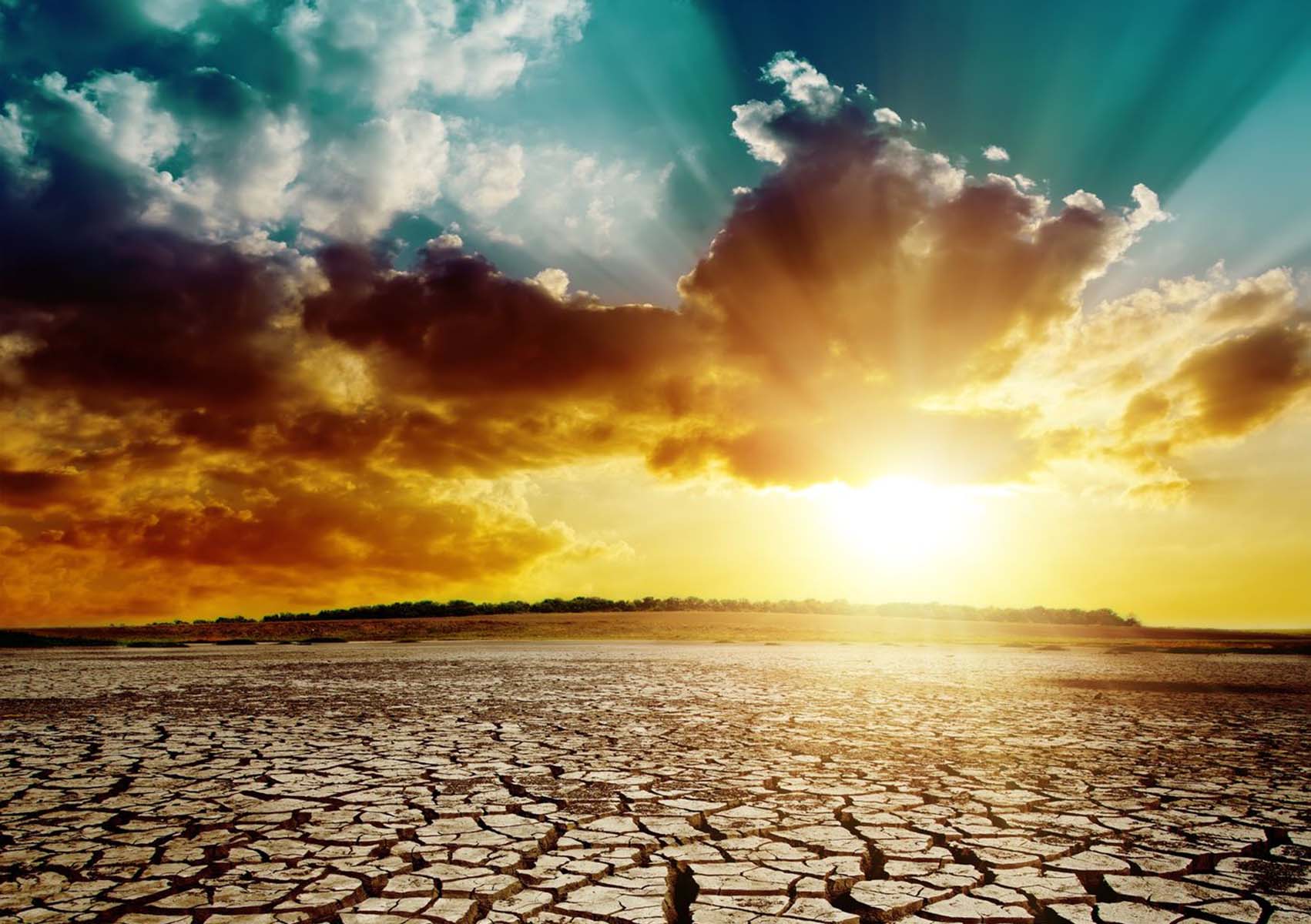Hittegolven in de toekomst extremer door drogere bodem
In de zomer van 2010 werd het westen van Rusland getroffen door recordhoge temperaturen en intense droogte. Hoe ziet zo'n extreme hittegolf er uit aan het eind van deze eeuw? In het gezaghebbende tijdschrift Nature Climate Change van maandag 19 maart publiceert RUG-klimaatwetenschapper prof. dr. Richard Bintanja samen met KNMI-onderzoekers een studie waarin deze hittegolf 'nagespeeld' wordt voor een warmer klimaat. Met verrassende resultaten.

De extreme meteorologische situatie tijdens de hittegolf van 2010 werd veroorzaakt door een bijzondere positie van de straalstroom, wat een zuidelijke stroming, volop zonneschijn en nauwelijks regen met zich meebracht. Rondom Moskou liep de maximumtemperatuur op tot boven de 40 °C. Temperatuurextremen tijdens hittegolven worden nu nog redelijk in toom gehouden door de verdamping. Maar hoe zal dit in een warmer klimaat gaan?
Het KNMI-klimaatmodel EC-Earth werd in deze studie gedwongen om de waargenomen positie van de straalstroom tijdens de hittegolf van 2010 te reproduceren, eerst in het huidig klimaat, en daarna in het klimaat van 2100. De resultaten laten zien dat de hittegolf in 2100 veel intenser zal zijn.
Grote gevolgen voor de samenleving
'Het verschil in temperatuur tussen de gesimuleerde hittegolf van 2100 en die in het huidige klimaat is te groot is om verklaard te kunnen worden door alleen de opwarming van het klimaat.', zegt RUG-onderzoeker Richard Bintanja, 'De uitdroging van de bodem zal in de toekomst sterk toenemen, waardoor de verdampings ‘rem’ in een toekomstig klimaat verdwijnt. Hierdoor kunnen extreme temperatuurstijgingen niet meer worden tegengegaan.Vanwege deze bodemuitdroging zullen toekomstige hittegolven daarom extra heet worden, met grote gevolgen voor allerlei sectoren van de samenleving (bijvoorbeeld gezondheid/mortaliteit) en ecosystemen, etc.
Meer informatie
Het artikel 'Future equivalent of 2010 Russian heatwave intensified by weakening soil moisture constraints', by Lucinda Rasmijn, Gerard van der Schrier, Richard Bintanja, Jan Barkmeijer, Andreas Sterl, and Wilco Hazeleger is gepubliceerd in Nature Climate Change op 19 maart 2018.
Zie ook het nieuwsbericht over de nieuwe leerstoel aan de RUG over klimaatverandering in het Arctisch gebied.
Meer nieuws
-
19 december 2025
Mariano Méndez ontvangt Argentijnse RAÍCES-prijs
-
18 december 2025
Waarom innoveren, en voor wie?
-
17 december 2025
Ben Feringa wint Feynmanprijs
